New Parent Home Checklist: Must-Haves for a Safe and Cozy Nursery
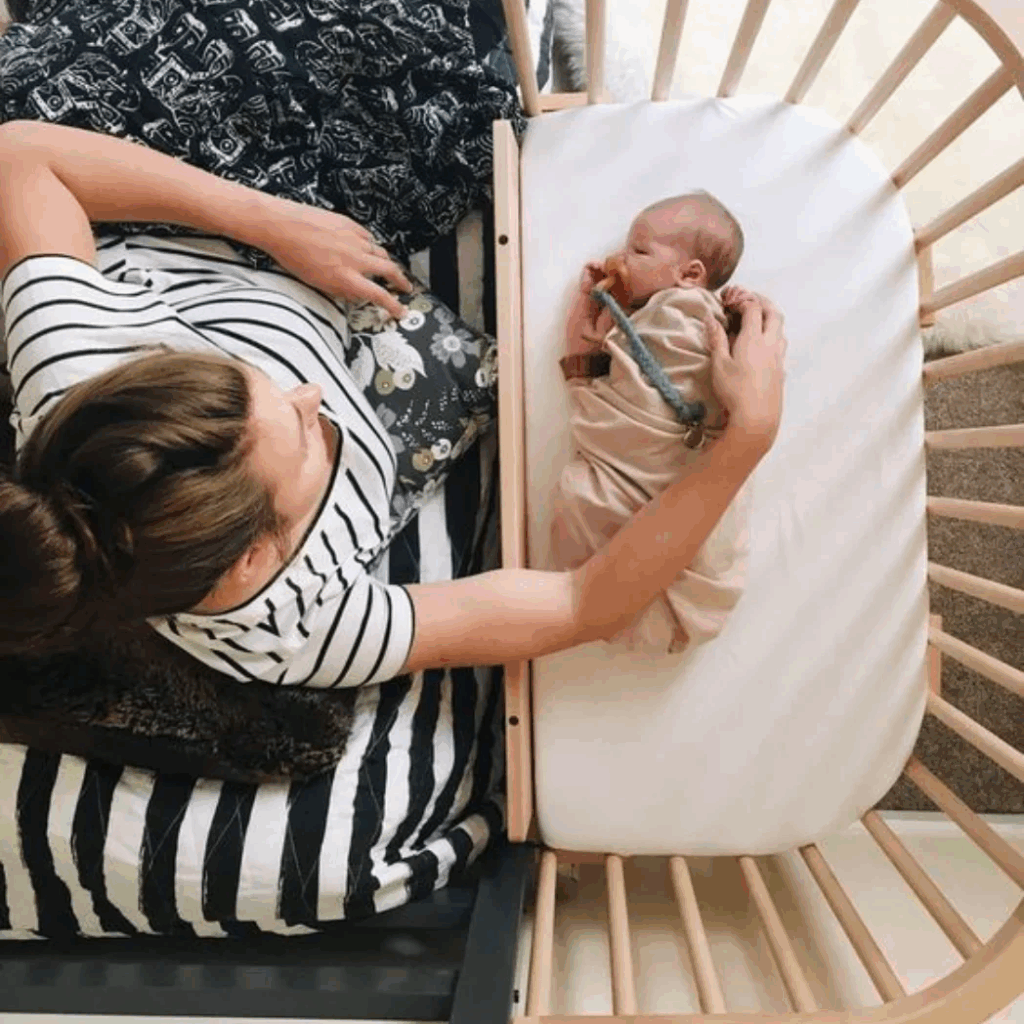
Becoming a new parent is both exciting and overwhelming. Between preparing for sleepless nights and adorable baby giggles, setting up a safe and cozy nursery becomes a top priority. You want your little one’s space to feel warm, nurturing, and functional — a haven where your baby can sleep soundly and grow happily. From choosing the right furniture to ensuring baby-proof safety, every detail counts. One of the most important parts of this setup is understanding the crib mattress guide, which helps you pick a mattress that supports your baby’s health, posture, and comfort. Let’s dive into a comprehensive checklist to make your nursery both safe and soothing.
1. Start with the Right Crib
The crib is the centerpiece of your nursery. It’s where your baby will spend countless hours resting, so choosing the right one is essential. Look for a crib that meets current safety standards — slats no more than 2 ⅜ inches apart and a sturdy frame that doesn’t wobble. Convertible cribs are a great investment since they grow with your child, transforming into toddler or day beds later on.
When assembling, follow the manufacturer’s instructions carefully and ensure there are no loose screws or splinters. Keep blankets, pillows, and stuffed toys out of the crib to prevent suffocation hazards. A minimalist crib setup isn’t just stylish — it’s the safest choice.
2. Invest in a Quality Crib Mattress
After the crib, the mattress is the next most crucial element. Babies need a firm, breathable, and supportive mattress for healthy spinal alignment and safe sleep. Avoid overly soft mattresses, as they can pose suffocation risks.
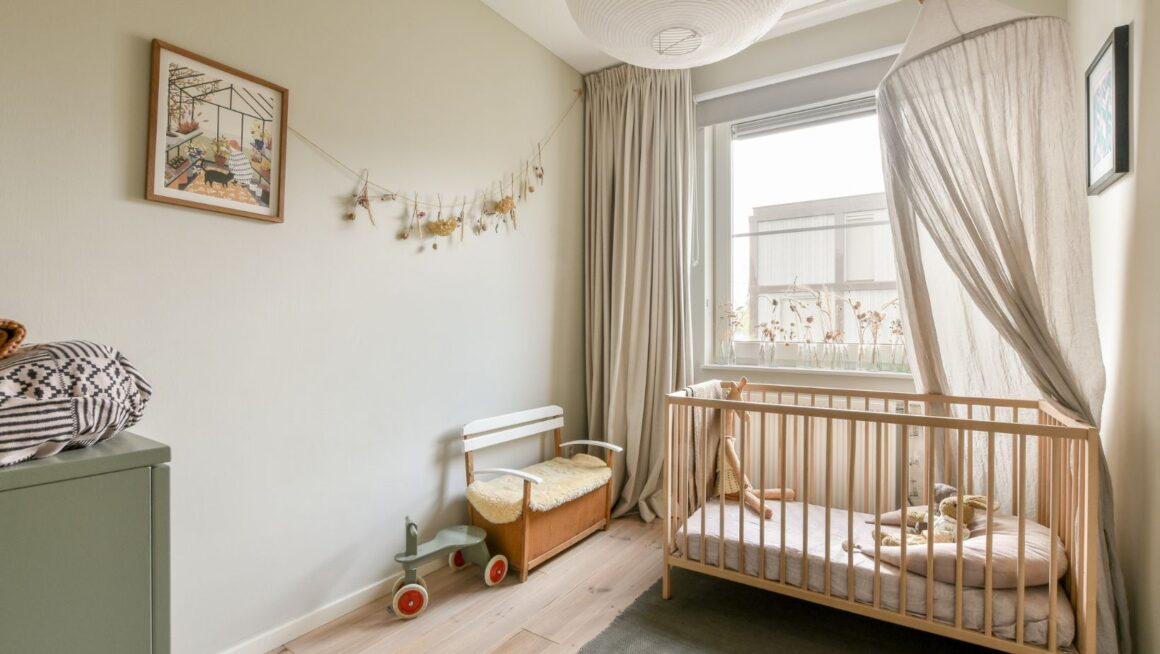
Make sure the mattress fits snugly within the crib — there shouldn’t be more than two fingers’ width between the mattress and crib edges. Waterproof covers and removable sheets make cleaning easier when accidents happen (and they will!).
If you’re unsure which mattress is best, consult a crib mattress guide to understand materials like organic cotton, foam, or innerspring, and what certifications (like GREENGUARD Gold) indicate safe, toxin-free sleep surfaces.
3. Choose Soft, Breathable Bedding
While you want your nursery to look cute and cozy, keep bedding practical and safe. Opt for fitted sheets made from soft, breathable fabrics like cotton or bamboo. Avoid thick quilts or heavy blankets — instead, use a wearable sleep sack to keep your baby warm without overheating.
Having a few extra fitted sheets on hand helps during those late-night messes. Stick to neutral or calming colors that promote relaxation, and ensure all bedding materials are hypoallergenic.
4. Create a Comfortable Changing Station
Every parent knows diaper changes can happen at lightning speed — and sometimes, in the middle of the night. A well-organized changing station can make this task less stressful.
Start with a sturdy changing table or dresser with a safety strap to keep your baby secure. Store diapers, wipes, creams, and extra clothes within arm’s reach but out of your baby’s grasp. Add a small diaper pail nearby to manage odors efficiently.
A soft changing pad with a washable cover keeps your baby comfortable, while a small basket or drawer organizer helps maintain a clean, clutter-free space.
5. Focus on Storage and Organization
Babies might be small, but their belongings add up quickly — clothes, blankets, toys, and baby gear. Invest in smart storage solutions early on.
Shelves, labeled bins, and baskets make it easy to keep essentials organized. Hanging closet organizers are perfect for small nurseries, while under-crib storage can save floor space. Keeping things tidy not only helps your nursery look beautiful but also saves you precious time when searching for baby items.
6. Ensure Safety Comes First
Safety should be the foundation of your nursery design. Begin by anchoring all heavy furniture to the wall to prevent tipping. Keep electrical cords, window blind strings, and small objects far from your baby’s reach.
Install outlet covers and corner guards, and double-check that the nursery’s paint and furniture are free from lead or toxic finishes. If you use a baby monitor, position it safely — far enough away from the crib to avoid cords becoming hazards, but close enough for clear visibility and sound.
A soft area rug can cushion falls when your baby starts crawling, while non-slip backing prevents slipping accidents.
7. Lighting and Temperature Control
A well-lit nursery can make all the difference for both you and your baby. Incorporate soft, dimmable lighting for nighttime feedings and diaper changes. A nightlight with a warm hue helps create a calm environment and prevents overstimulation.
Natural light during the day supports your baby’s circadian rhythm, but make sure to install blackout curtains for daytime naps. Maintain an optimal temperature of 68–72°F (20–22°C) — not too hot or too cold — and consider using a small room thermometer to monitor conditions.
8. Add a Cozy Nursing or Feeding Corner
New parents spend hours feeding their baby, so having a comfortable corner dedicated to nursing or bottle-feeding is a must. Choose a supportive glider or rocking chair with padded armrests and back support.
Add a small side table to hold bottles, burp cloths, or water, and keep a nightlight nearby for those late-night feeds. A cozy blanket and a supportive pillow can make feeding sessions more comfortable and relaxed.
This corner isn’t just functional — it becomes a special bonding space between parent and baby.
9. Personalize with Décor (But Keep It Safe)
Decorating your baby’s nursery is one of the most enjoyable parts of preparation. Choose soft, calming colors like pastels or neutrals that promote restfulness. Wall decals or murals can add personality without overwhelming the space.
However, always prioritize safety in décor choices. Avoid hanging heavy frames or shelves above the crib, and keep decorations out of your baby’s reach. Incorporate personal touches such as framed family photos, plush toys on a shelf, or a name sign above the dresser to make the room feel warm and welcoming.
10. Don’t Forget Practical Extras
A few thoughtful additions can make daily routines smoother. A white noise machine helps soothe your baby to sleep and mask household sounds. A baby monitor provides peace of mind while your little one naps.
Keep a small laundry basket handy for baby clothes, and a humidifier can help maintain comfortable air quality, especially in dry seasons.
If your nursery doubles as a guest or playroom, consider foldable furniture and flexible storage that adapts as your baby grows.
Conclusion: Build a Space that Grows with Love
Creating a nursery is more than just decorating — it’s about designing a space filled with safety, comfort, and love. By following this checklist, you’ll ensure every element of your baby’s room supports healthy growth and restful sleep.
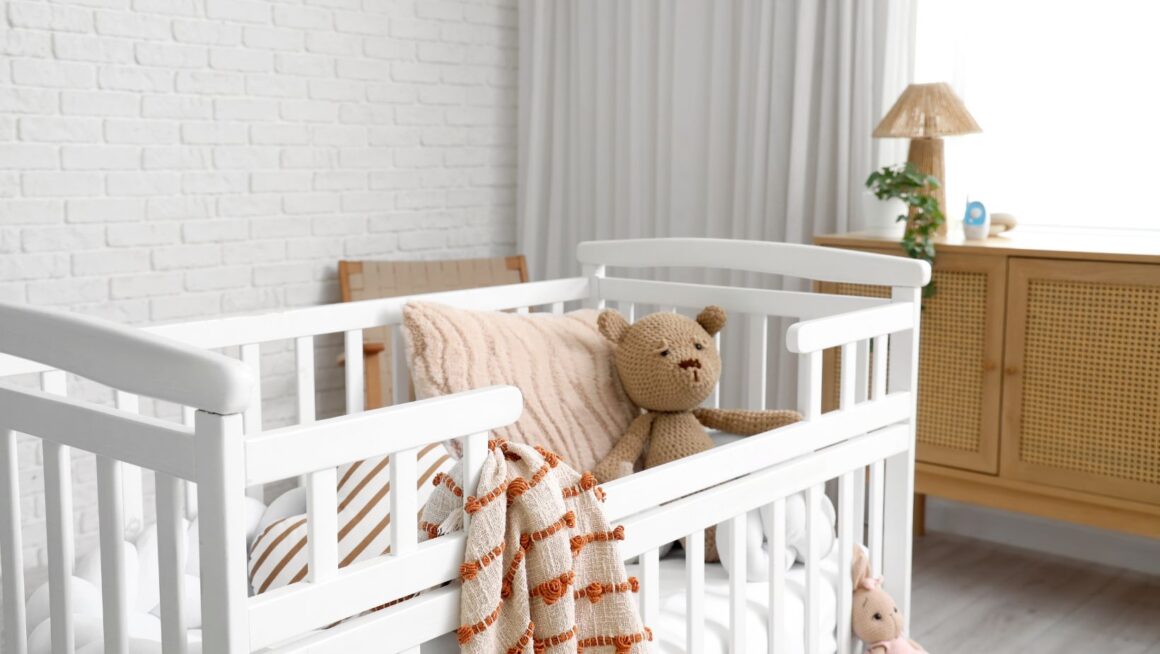
From selecting the safest crib and mattress to personalizing the décor, every choice you make contributes to your baby’s well-being. Use resources like a detailed crib mattress guide and trusted safety recommendations to make confident decisions.
Soon, that empty room will transform into a haven where you’ll share midnight cuddles, first smiles, and countless unforgettable moments — the beginning of your beautiful parenting journey.

 www Rapid HomeDirect .com: The Ultimate Destination for Home Goods
www Rapid HomeDirect .com: The Ultimate Destination for Home Goods 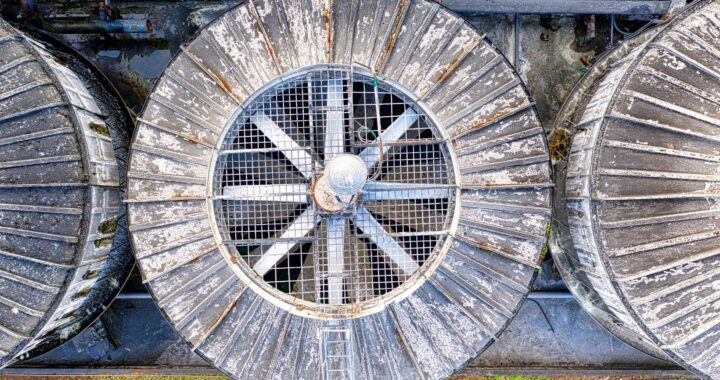 Explosion-Proof Fans for Chemical Plants, Refineries, and Oil Rigs
Explosion-Proof Fans for Chemical Plants, Refineries, and Oil Rigs 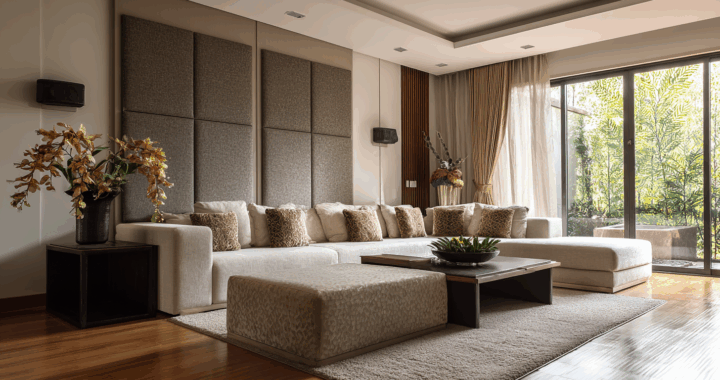 Protecting Your Home from Neighborhood Noise Pollution
Protecting Your Home from Neighborhood Noise Pollution